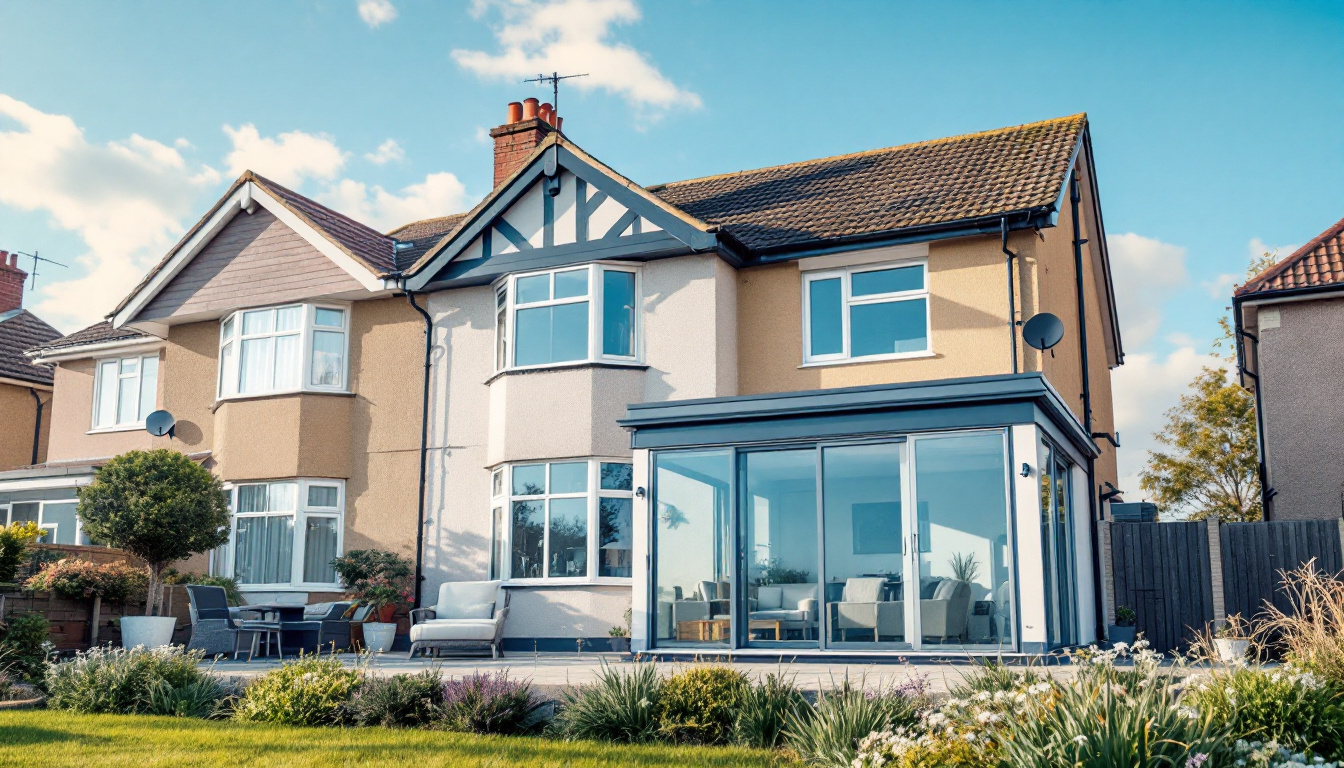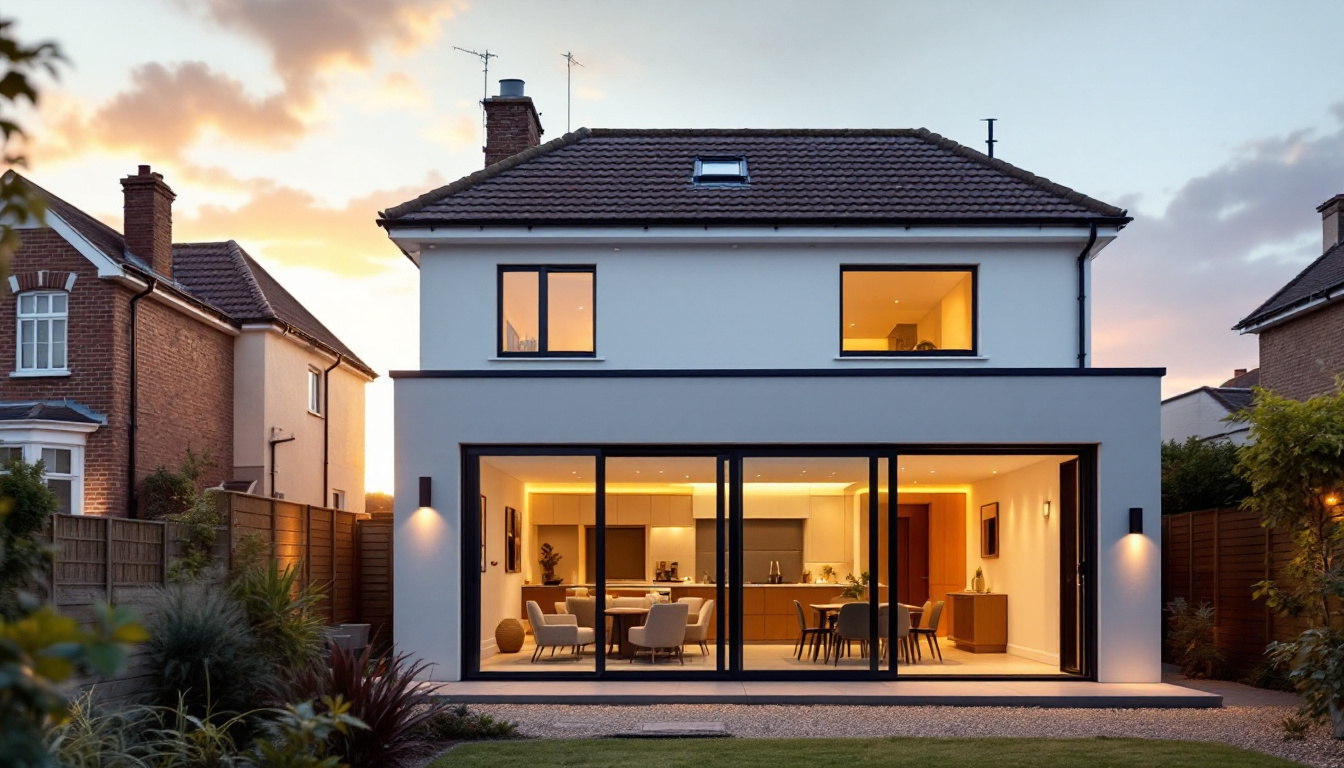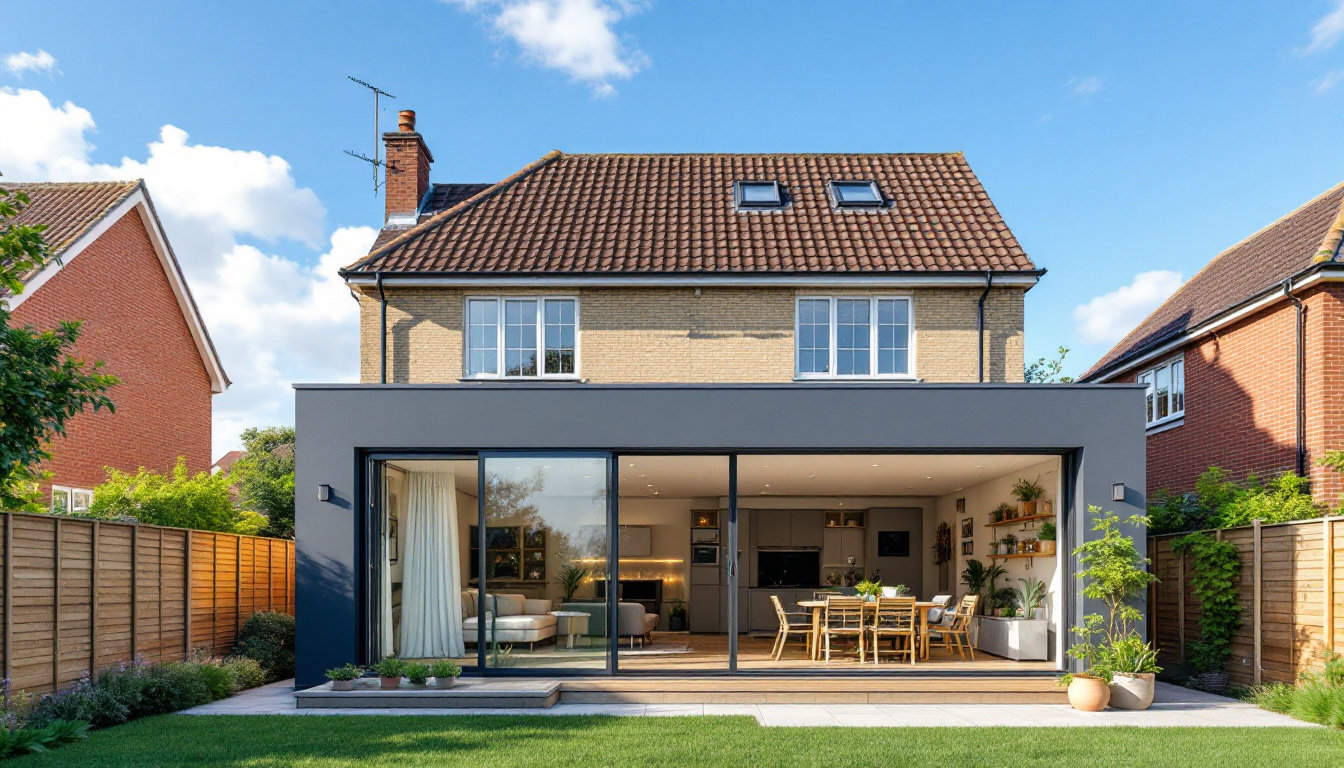How Much Does a Rear Extension Cost for a Semi-Detached House?
Adding a rear extension to a semi-detached house can be a fantastic way to increase living space, improve functionality, and boost your property’s value. However, one of the first questions homeowners ask is, “How much will this cost?” Understanding the factors that influence the price and having a realistic budget in mind can make the planning process much smoother. This article breaks down the costs, considerations, and useful tips for anyone thinking about a rear extension for their semi-detached home.
What Is a Rear Extension and Why Choose It?
A rear extension is an addition built at the back of a property, often extending into the garden space. It’s a popular choice for homeowners who want to create a larger kitchen, dining area, or family room without moving house. Semi-detached properties, with their shared walls and often decent-sized gardens, are ideal candidates for such projects.
One of the benefits of a rear extension is that it can be tailored to your needs — whether that’s a single-storey extension for a kitchen or a double-storey addition that adds bedrooms upstairs. The flexibility means you can significantly improve your home’s layout and flow.
Moreover, a rear extension can dramatically enhance the natural light within your home. By incorporating large bi-fold or sliding doors, you can create a seamless transition between your indoor and outdoor spaces, allowing for an abundance of sunlight to flood in. This not only makes the space feel more inviting but can also improve your mood and well-being. Additionally, with the right design choices, such as skylights or strategically placed windows, you can maximize the light and create a bright, airy atmosphere that feels expansive and open.
Another compelling reason to consider a rear extension is the potential increase in property value. In many cases, a well-designed extension can significantly boost your home’s market appeal, making it more attractive to future buyers. This is particularly true in urban areas where space is at a premium. A thoughtfully executed rear extension not only enhances your living experience but also represents a smart investment in your property, ensuring that you get a good return should you decide to sell in the future. With the right planning and execution, your rear extension can become a standout feature of your home, blending functionality with aesthetic appeal.
Understanding the Cost Breakdown
The cost of a rear extension for a semi-detached house varies depending on several factors, including size, complexity, materials, and location. On average, you can expect to pay between £1,500 and £2,500 per square meter for a standard rear extension.
For semi-detached homes specifically, single-storey rear extensions can typically extend up to 3 meters without needing planning permission, which helps keep costs and timelines manageable. If you’re planning a larger or more complex project, such as a double-storey extension, prices tend to increase but can offer better value per square meter due to economies of scale.
Average Size and Typical Costs
Based on a database of 2,800 rear extension projects, the average build size is around 45m². Using the cost range above, this means a typical rear extension could cost anywhere from £67,500 to £112,500. However, smaller side-return extensions might cost less, while multi-storey or highly detailed designs can push the price higher.
Location Matters
Location is a crucial factor in determining the final cost. For example, extensions in London or the South East tend to be more expensive than those in the North or Midlands. This is due to higher labor costs, material prices, and sometimes stricter building regulations. If you live in a high-demand area, it’s wise to budget on the higher end of the scale.
Planning Permission and Size Limits
One of the biggest considerations when planning a rear extension is whether you need planning permission. Fortunately, many single-storey rear extensions on semi-detached houses fall under permitted development rights, which means you can extend up to 3 meters without formal planning permission.
Going beyond these limits or adding a second storey will usually require a planning application. This process can add time and costs, so it’s important to factor this into your budget and timeline.
Maximizing Space with Wrap-Around Extensions
For those with Victorian or Edwardian semi-detached homes, a popular option is a wrap-around or L-shaped extension. This design combines a rear extension with a side return, maximizing the available space without drastically increasing the footprint. While this can be more expensive due to the complexity, it often delivers excellent value by creating a large, open-plan living area.
Additional Costs to Consider
Beyond the basic construction costs, several other expenses can impact your overall budget:
- Architectural and design fees: Professional plans ensure your extension is safe, functional, and compliant with regulations.
- Structural surveys and reports: Necessary for assessing foundations and load-bearing walls.
- Building regulations approval: Separate from planning permission, this ensures the work meets safety and energy efficiency standards.
- Interior finishes and fixtures: Flooring, lighting, heating, and kitchen or bathroom fittings can add significantly to the cost.
- Landscaping and garden restoration: After construction, you might want to restore or improve your garden space.
How to Estimate Your Rear Extension Costs Quickly
To get a rough idea of what your project might cost, many homeowners find online extension cost calculators helpful. These tools ask for details like the size of the extension, number of storeys, and location, then provide a quick estimate based on current market rates.
While these calculators don’t replace professional quotes, they are a convenient starting point to understand the financial scope of your project before consulting builders or architects.
Tips for Keeping Costs Manageable
Building a rear extension is a significant investment, but there are ways to manage costs without compromising quality:

- Stick to permitted development limits: Keeping your extension within 3 meters for semi-detached homes can avoid planning fees and delays.
- Choose standard materials: While high-end finishes look great, opting for durable but affordable materials can save money.
- Get multiple quotes: Comparing builders’ estimates helps ensure you get a fair price.
- Plan carefully: Avoid last-minute changes that can increase costs and extend timelines.
- Consider a phased approach: If budget is tight, plan the extension in stages, starting with the most essential parts.
Final Thoughts
Rear extensions offer a fantastic way to enhance your semi-detached home, but understanding the costs involved is key to a successful project. Expect to pay between £1,500 and £2,500 per square meter for a typical rear extension, with total costs for an average 45m² build ranging from around £67,500 to over £100,000 depending on size, materials, and location.

Remember that location plays a big role in pricing, with London and the South East generally costing more than other regions. Also, be mindful of planning rules that allow up to 3 meters for single-storey rear extensions on semi-detached homes without permission, helping keep things simpler and more affordable.
By planning carefully, exploring design options like wrap-around extensions, and using online tools to estimate costs, you can make informed decisions and create a beautiful, functional space that suits your lifestyle and budget.


